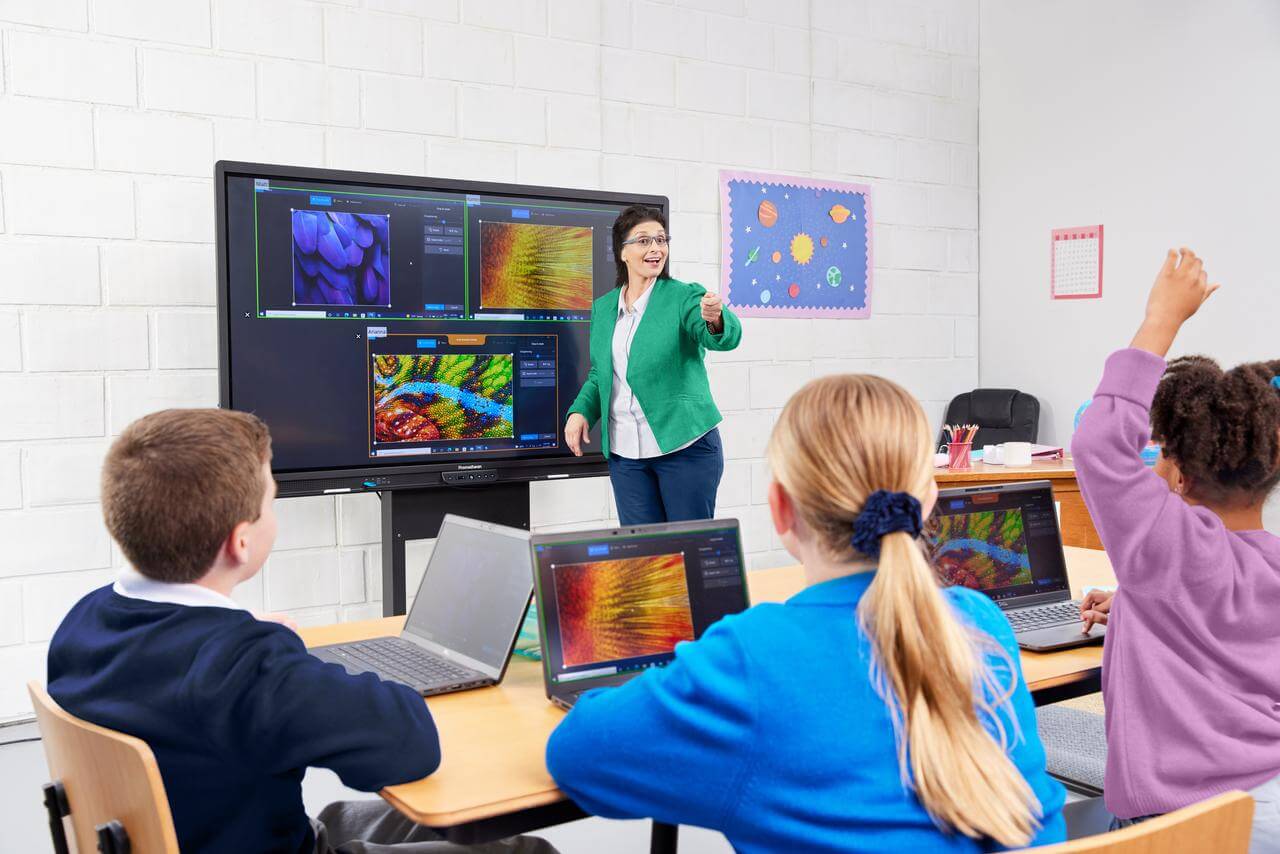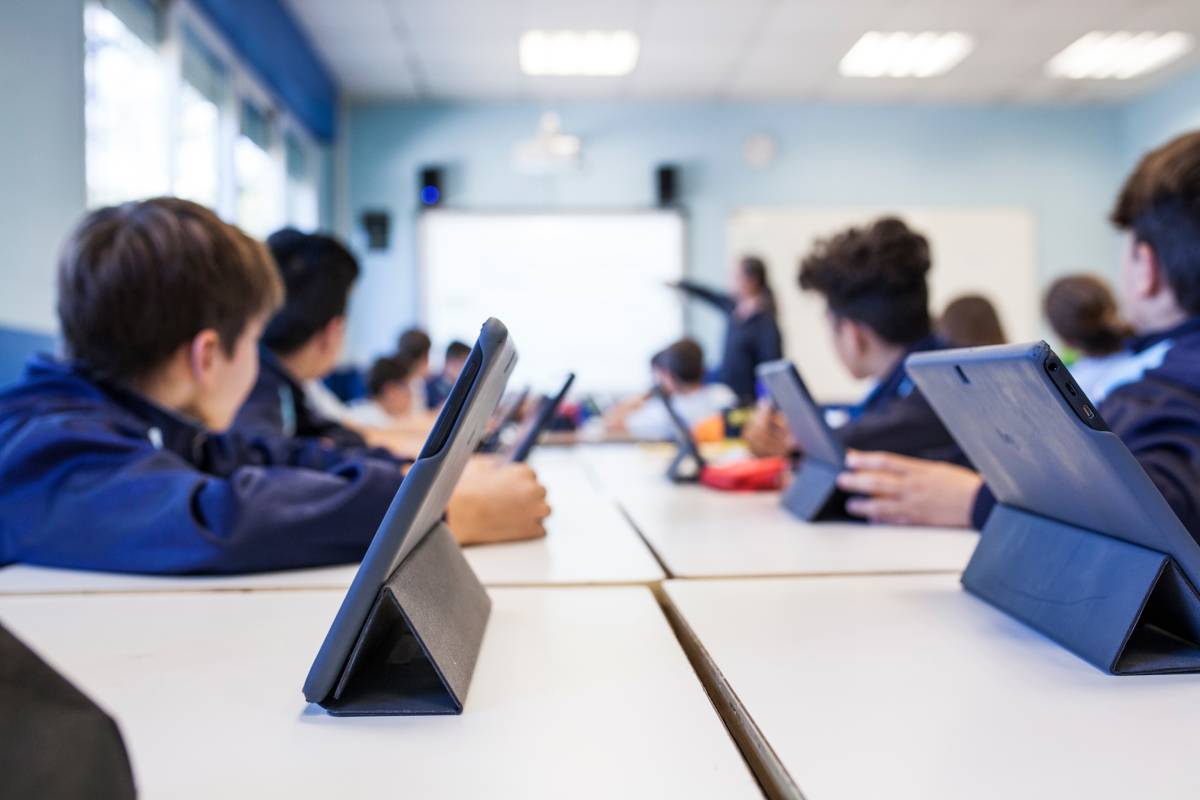Discover the Best Primary Science Tuition Singapore for Your Learning Journey
Discover the Best Primary Science Tuition Singapore for Your Learning Journey
Blog Article
A Comprehensive Guide to the Numerous Knowing Approaches in Main Scientific Research Guideline
The expedition of diverse knowing techniques in primary scientific research guideline offers a possibility for educators to improve student interaction and understanding dramatically. By taking a look at hands-on learning techniques, inquiry-based techniques, and collective methods, we can recognize reliable techniques that accommodate different finding out designs. Additionally, the integration of innovation and differentiated guideline plays a critical function in cultivating an inclusive atmosphere. Nonetheless, the question continues to be: how can these approaches be effectively applied in the classroom to optimize their influence? The answer exists in a closer examination of each approach and its effects for teaching scientific research.

Hands-On Knowing Techniques
Hands-on discovering methods play a critical duty in main science direction, involving trainees in active expedition and trial and error. These approaches permit students to engage straight with phenomena and products, cultivating a much deeper understanding of scientific principles. By utilizing manipulatives, models, and real-life experiments, instructors create an environment where pupils can observe, hypothesize, and check their concepts.
Such techniques not only boost comprehension but likewise grow essential thinking and problem-solving skills. When pupils participate in activities like developing simple makers, planting seeds, or carrying out chain reactions, they are encouraged to ask concerns and look for answers via their very own monitorings. This experiential approach helps to demystify intricate scientific principles, making them much more relatable and available.
In addition, hands-on knowing advertises collaboration amongst peers, as pupils usually function in groups to conduct experiments or share findings. This team effort not just enhances their knowing experience however likewise establishes vital social skills. Eventually, integrating hands-on methods in main science instruction fosters a long-lasting love of understanding and interest regarding the all-natural globe, laying a strong foundation for future scholastic pursuits in scientific research and beyond.
Inquiry-Based Understanding
Inquiry-based learning is an educational strategy that urges trainees to ask inquiries, investigate phenomena, and create their very own understanding of scientific concepts. This method shifts the focus from conventional teacher-led guideline to a much more student-centered experience, where learners take the initiative in their instructional journey. By cultivating curiosity, inquiry-based understanding promotes deeper involvement with the product, allowing students to explore subjects in a purposeful context.
In technique, this strategy typically entails hands-on experiments, observations, and important thinking tasks that straighten very closely with the clinical method. Students are urged to formulate hypotheses, style examinations, and examine data, which cultivates crucial abilities such as logical and analytical thinking. The function of the educator in this structure is to help with exploration, assisting trainees with the query process while motivating independent thought and cooperation.
Additionally, inquiry-based knowing nurtures a sense of possession over the knowing procedure, encouraging trainees to seek knowledge actively. This method not only improves understanding of clinical concepts however additionally fosters a lifelong love for knowing, furnishing students with the abilities required to navigate an increasingly complex globe.
Collaborative Understanding Approaches
Joint learning techniques equip trainees to take part in significant interactions with peers, promoting a shared duty for their academic end results. In main scientific research guideline, these methods urge students to work together to check out clinical principles, resolve issues, and conduct experiments (primary science tuition Singapore). By taking part in group tasks, pupils can take advantage of diverse viewpoints, enabling richer understanding and retention of clinical understanding
One key aspect of collective knowing is the focus on communication skills. Trainees have to verbalize their thoughts, listen actively to others, and work out concepts, every one of which are vital expertises in both real-world and scholastic contexts. This social communication not only boosts their understanding of scientific principles yet additionally advertises synergy and conflict resolution skills.
Moreover, collaborative learning often leads to boosted motivation and involvement. When trainees see the value of their payments within a group, they are more probable click to take ownership of their knowing journey. Teachers can facilitate this procedure deliberately organized group tasks that line up with curriculum goals while offering assistance on reliable partnership techniques. In general, incorporating collective knowing techniques in key scientific research guideline cultivates a dynamic understanding atmosphere that prepares students for future academic and social obstacles.
Innovation Integration in Scientific Research
The combination of innovation in primary science instruction boosts finding out experiences by giving cutting-edge tools and resources that support different teaching techniques, consisting of joint discovering - primary science tuition Singapore. Making use of digital systems, simulations, and interactive applications permits pupils to engage deeply with clinical ideas, helping with a much more hands-on technique to understanding
Digital research laboratories, as an example, make it possible for students to conduct experiments securely and efficiently, promoting inquiry-based knowing. These devices can replicate real-world clinical scenarios, allowing trainees to envision intricate processes that would certainly be challenging to replicate in a traditional classroom setup. Moreover, modern technology promotes interaction and collaboration among pupils, as they can share findings and function together on jobs via on the internet systems.
Furthermore, multimedia presentations and educational videos can enhance lessons by providing to varied understanding styles, making abstract ideas much more easily accessible. Information evaluation devices additionally empower pupils to gather and translate scientific data, strengthening critical believing abilities. Overall, the calculated unification of technology in main science instruction not only improves interaction yet additionally prepares pupils for a technically innovative society, outfitting them with crucial abilities for future clinical ventures.
Set Apart Instruction Techniques
Differentiated instruction strategies are crucial for addressing the varied demands of learners in main scientific research education. These techniques enable educators to tailor their teaching techniques to fit varying capabilities, rate of interests, and discovering styles within the class. By utilizing differentiated direction, instructors can produce a comprehensive atmosphere that cultivates engagement and improves understanding of clinical concepts.
One effective method is to use versatile grouping, which enables trainees to collaborate with peers at similar ability degrees or with varying perspectives. This technique urges peer understanding and advertises essential thinking. In addition, using options in projects can encourage pupils, allowing them to choose jobs that reverberate with their passions while still satisfying curricular goals.
Furthermore, including tiered tasks is one more valuable technique. By developing jobs with varying degrees of complexity, instructors can make certain that all pupils are suitably resource challenged, no matter their proficiency. Utilizing formative analyses to gauge understanding more allows educators to readjust their instructional methods dynamically, making certain that each student gets the support they require.
Ultimately, applying distinguished direction techniques in key science education not only boosts student discovering end results however additionally cultivates an enthusiasm for scientific research, preparing students for future scholastic quests.

Final Thought
In recap, efficient primary check my blog science direction requires a diverse technique that encompasses hands-on understanding, inquiry-based techniques, and joint techniques. The assimilation of technology and distinguished guideline better caters to varied discovering styles, fostering an atmosphere helpful to expedition and crucial thinking.
The expedition of diverse understanding techniques in key science direction provides a chance for instructors to improve trainee engagement and understanding dramatically.Hands-on knowing techniques play a critical role in primary science guideline, involving trainees in energetic exploration and trial and error.Inquiry-based learning is an instructional method that motivates pupils to ask questions, investigate sensations, and create their very own understanding of scientific principles.Joint understanding methods empower students to engage in meaningful communications with peers, promoting a common responsibility for their educational results. Overall, integrating joint learning methods in primary scientific research guideline cultivates a vibrant discovering setting that prepares students for future academic and social difficulties.
Report this page